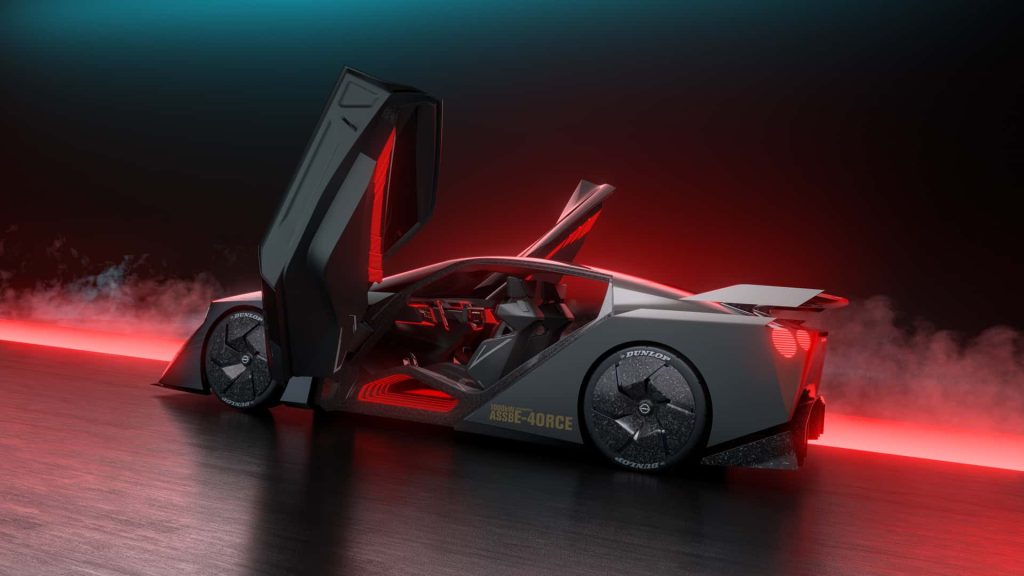Nissan‘s recent announcement to embrace all-solid-state batteries (ASSBs) by 2028 promises a revolution in automotive energy solutions. But what caught the attention of car enthusiasts was the Japanese automaker’s plan to incorporate ASSBs into their iconic GT-R model, which was announced very recently. Not just a random choice, but a strategic move that addresses one of the greatest barriers to electric sports cars: weight.
Solid State Batteries offer twice the energy density of Lithium-ion batteries
Nissan’s global product boss, Ivan Espinosa, emphasized that the traditional adversary of sports cars is heft. ASSBs come into play here, as they offer twice the energy density of current liquid lithium-ion batteries. This breakthrough means engineers can integrate smaller, lighter batteries without compromising performance or the car’s 2+2 seating arrangement.

While the company is already contemplating multiple variations, including a performance-focused Nismo version, there is an underlying concern about affordability. Espinosa suggests that the electric GT-R shouldn’t be a “super exclusive car.” However, it’s worth noting that the GT-R’s price has already escalated dramatically—from $69,850 in 2009 to a starting price of $120,990 in the 2024 model year.
The timeline for ASSBs indicates they won’t be ready until around 2028. Does this mean the current GT-R R35 will hang around until then? There are reasons to be skeptical. The R35 has already been phased out in Europe over noise restrictions, and Australia has followed suit due to safety standards. It seems that the GT-R R35 is in a holding pattern, pending the roll-out of game-changing ASSBs.
In the meantime, Nissan is also mulling over the idea of a more affordable electric sports car for younger consumers. But like its high-performance counterpart, it remains an idea. Thus, for the GT-R and its fans, the journey towards an electric future looks like a marathon, not a sprint. It’ll take time – a lot of it.
RELATED:
- Meet the 1341-Horsepower Nissan Hyper Force Concept Electric Car
- Nissan’s Latest Q3 2023 Numbers for EVs Signal 376% Year-over-year
- Best Smart Scales of 2023: Fitbit, Garmin, Eufy & More
(Via)







